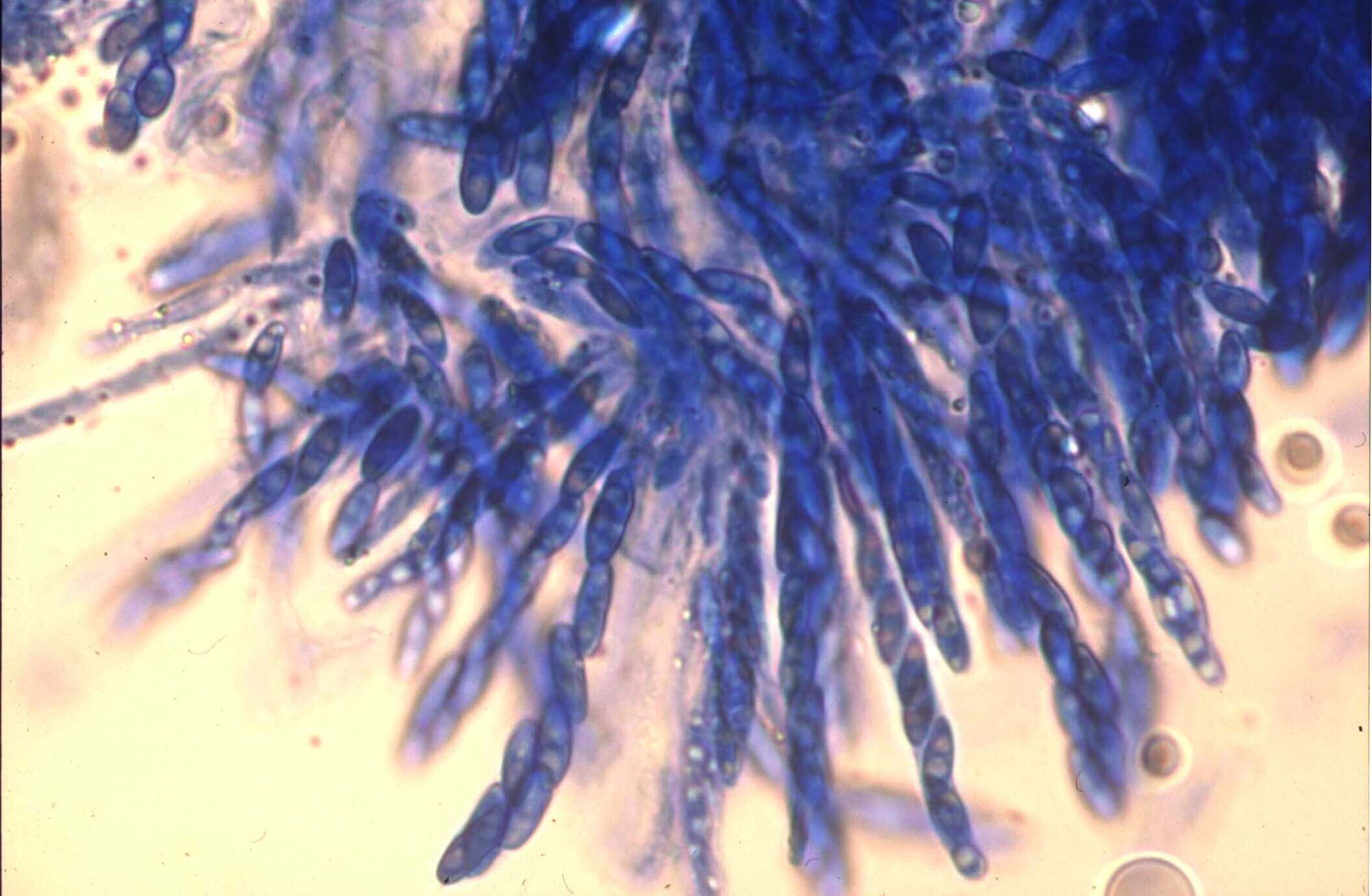70-year-old coffee-killing fungus brought back to life to fight the disease
Date: 7.6.2021
Researchers have re-animated specimens of a fungus that causes coffee wilt to discover how the disease evolved and how its spread can be prevented.
 Coffee Wilt Disease is caused by a fungus that has led to devastating outbreaks since the 1920s in sub-Saharan Africa, and currently affects two of Africa's most popular coffee varieties: Arabica and Robusta.
Coffee Wilt Disease is caused by a fungus that has led to devastating outbreaks since the 1920s in sub-Saharan Africa, and currently affects two of Africa's most popular coffee varieties: Arabica and Robusta.
The new research shows that the fungus likely boosted its ability to infect coffee plants by acquiring genes from a closely related fungus, which causes wilt disease on a wide range of crops, including Panama disease in bananas.
The researchers say this knowledge could help farmers reduce the risk of new disease strains emerging, for example by not planting coffee together with other crops or by preventing the build-up of plant debris that could harbour the related fungus.
The research team, from Imperial College London, the University of Oxford, and the agricultural not-for-profit CABI, also say that studying historical samples in CABI's culture collection could provide a wealth of insights into how crop diseases evolve and find new, sustainable ways to fight them.
The team re-animated cryogenically frozen samples of the fungus that causes Coffee Wilt Disease. There have been two serious outbreaks of the disease, in the 1920s-1950s and between the 1990s-2000s, and it still causes damage.























